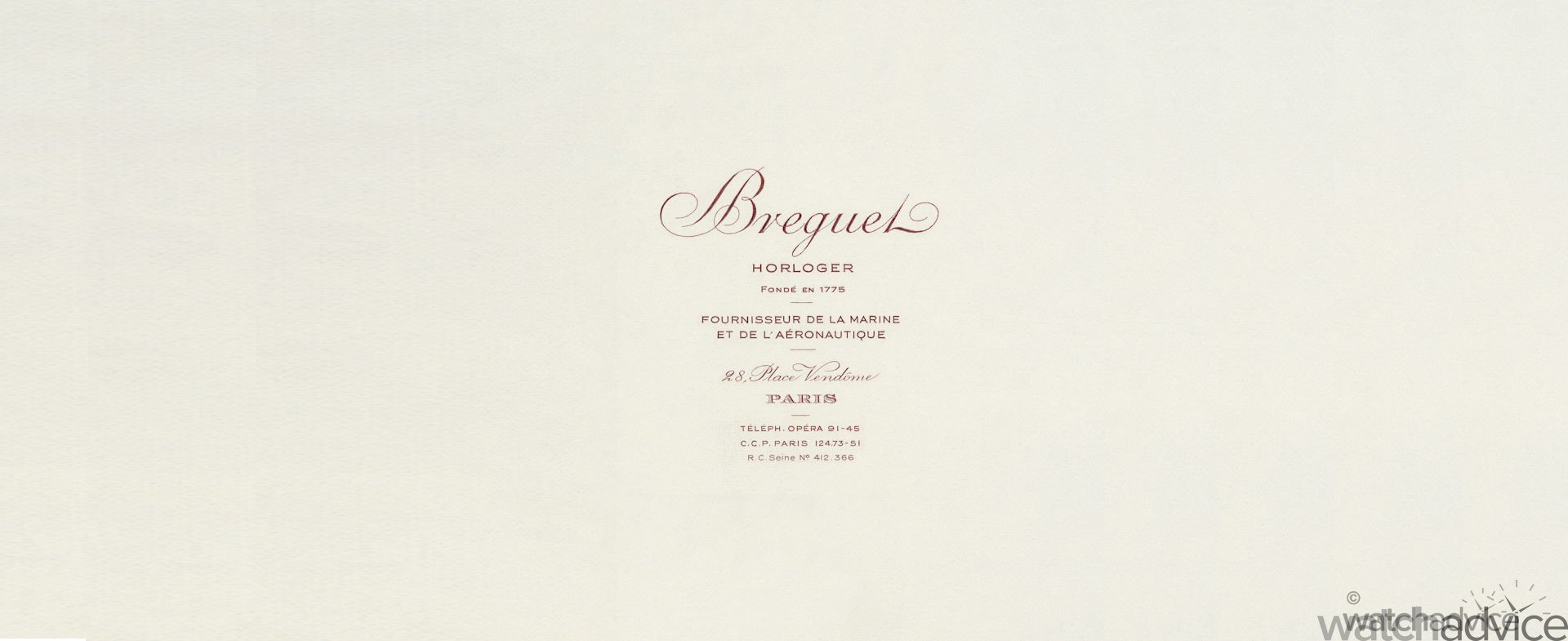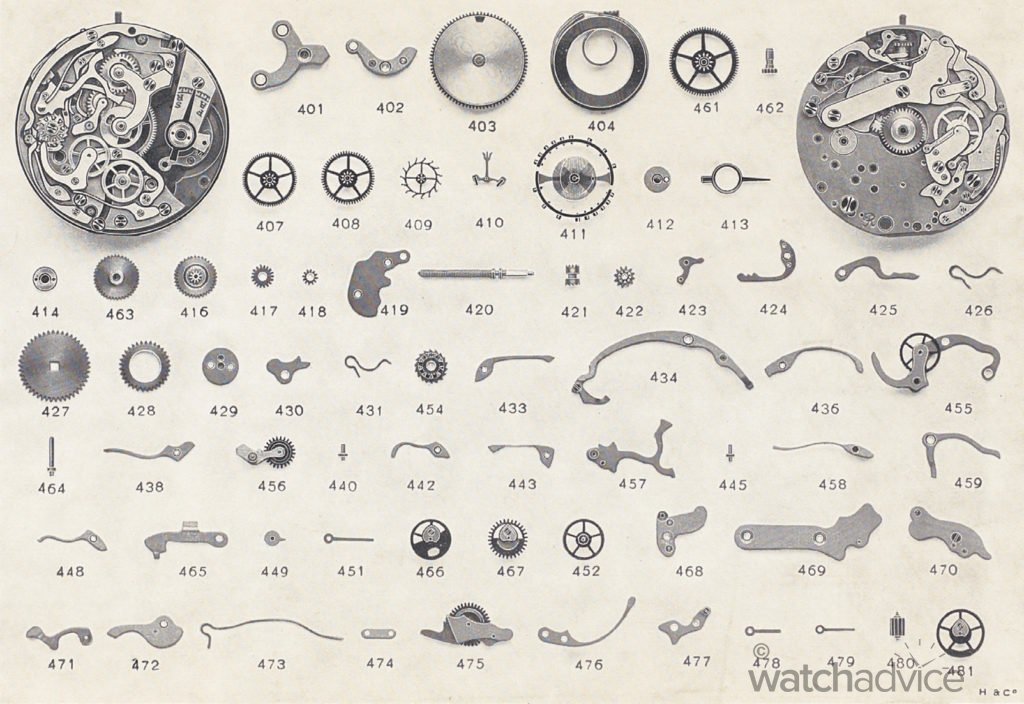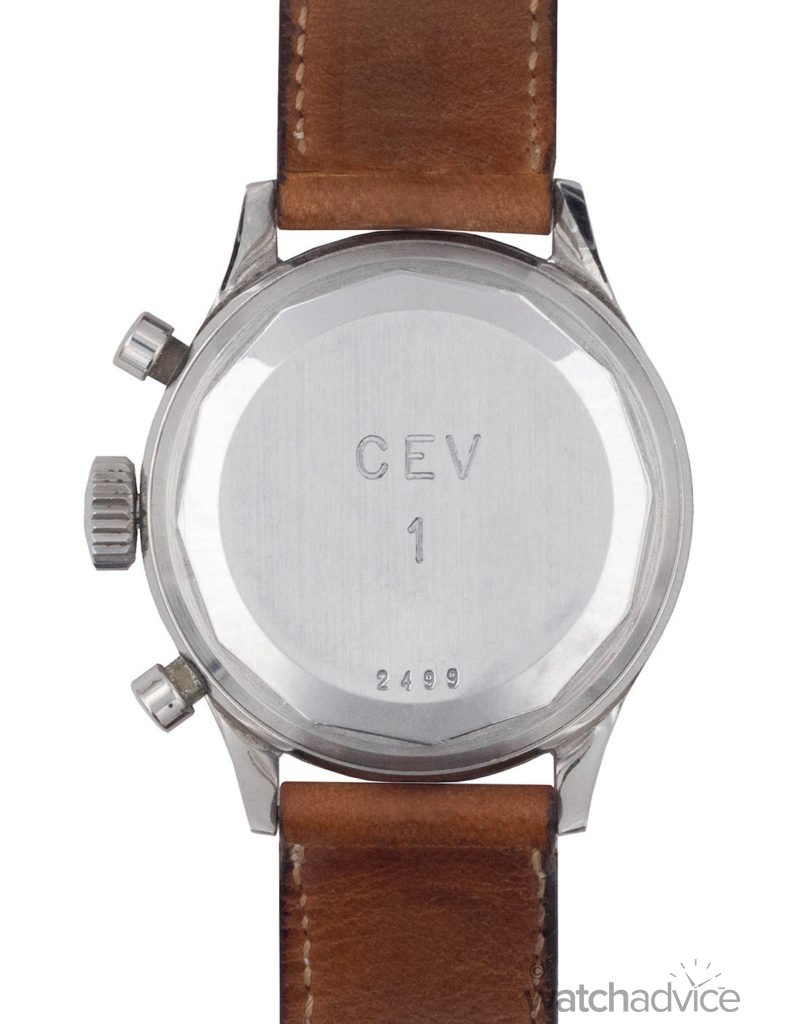Breguet has a rich history that stretches back almost two and a half centuries, which can make it hard to grasp the full extent and different aspects that played a role in making them the brand they are today. Aspects such as the early chapters of Breguet’s history written by none other than the founder, Abraham-Louis Breguet, is an endless source of inspiration and wonder, especially for research.
The house of Breguet in the early 1950s built up quite a resume in providing timepieces for aviation. This experience helped the brand prepare to respond to the needs of the air forces that wanted to equip their aircrews with a robust chronograph wristwatch with unique features.
When it comes to aviation timepieces, it’s crucial for the pilots and also aircrews to know the time during flights also to help keep their bearings in an environment that has intense activity and stress. Being able to use instruments to calculate the times of flights and their connecting flights, monitor fuel consumption, take bearings, and also to carry out maneuvers are some of the things that would be refined by watchmakers over the years to come.
From the 1930s onwards, the house of Breguet manufactured large quantities of “special” products, watches that were designed to fit a particular set of constraints suited for the aeronautical environment. The late 1940s was the dawn of the jet age, which saw Breguet releasing new wristwatches in response to the new requirements of a rapidly developing aviation industry.
For the aforementioned reasons above, being able to tell the time during flights was now an invaluable resource for everyone involved in the aviation industry. It became essential to have a back-up system, which is where wristwatches would play their part. The chronograph that was built into the instrument panel of the plane, a second one was now added to the wrists of the pilots. If one of these malfunctioned or became unstable, the other would simply take over.
For Breguet, providing the military with large potential orders first started in 1952. On the 23rd of July, Breguet supplied the STAé (Service Technique Aéronautique) with the three prototype pieces, numbers 1200, 1201, and 1202. In April 1953, the timepieces that were sent to the STAé were given the codename “Type 20”, a name that will go down in history for the brand. Come spring 1953, the STAé would give the official go-ahead, marking a major step forward for Breguet.
The Type 20 ‘ARMÉE DE L’AIR’
In 1954, Bruguet was awarded contract number 5101/54, which can essentially be described as the “contract of the century”. In order to meet and satisfy the requirements of the French Air Force, the French Air Ministry commissioned Bregeut to produce a mammoth 1100 timepieces. By November 1954, Breguet’s entire workforce, along with the house suppliers, were geared up to work and, through a herculean effort, was able to push out an initial batch of 250 units by June 1955. A second batch of 240 units was supplied on the 16th of November 1955 as well. Then 245 pieces were supplied on June 1956, along with another 245 pieces on July 1957. From 1955 to 1957, over 980 timepieces were supplied to the French Air Ministry. The remaining 120 watches were then supplied in 1958 and, lastly, in 1959.
The Type 20 timepieces supplied to the Air Ministry were immediately recognizable thanks to the small 30-minute counter, unsigned dial, ungraduated bezel, regulation markings on the back, and the pear-shaped winding crown.

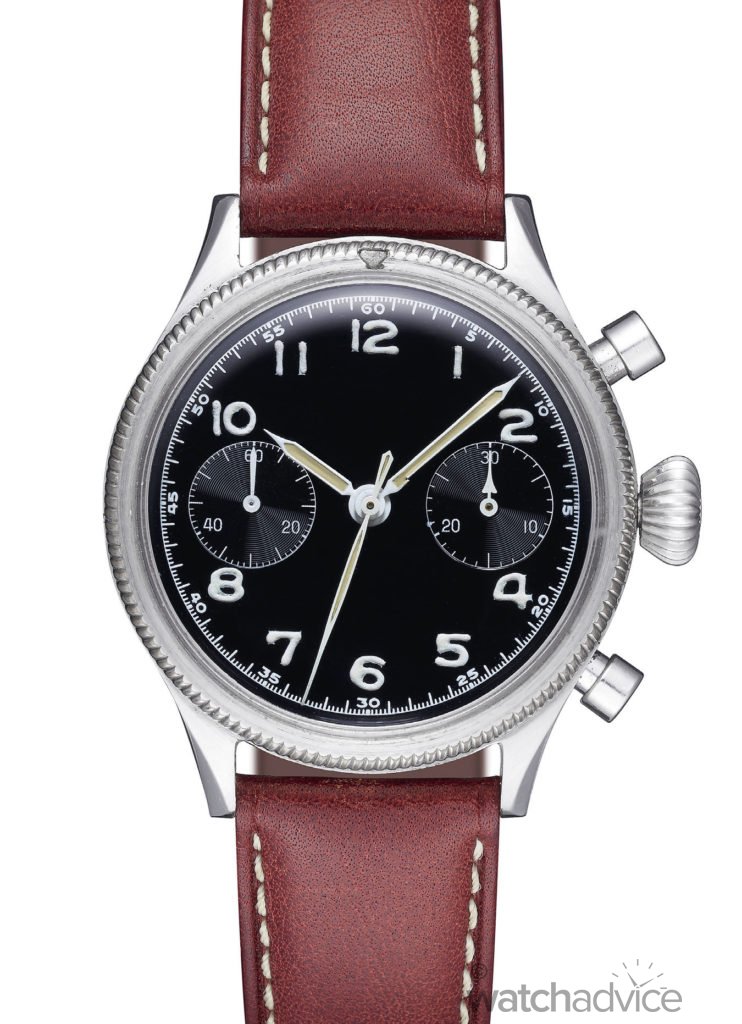
The Type 20 ‘ARMÉE DE L’AIR’
Movement: 14-line Valjoux 222 movement
with ‘retour en vol’ (fly-back function)
Case: Waterproof steel case with screw-down
case back, diameter 38.3mm
Caseback: Bearing official inscription: BREGUET –
TYPE 20 – 5101/54 – individual Breguet number.
Dial: Black, without signature
Quantity produced: 1100 pieces.

The Type XX ‘CEV’ (Centre D’Essais En Vol)
As Breguet was building the Type 20s for the French Air Force, the brand was also dedicating its resources to developing a series of Type 20 variants for the “Civilian” clientele along with other organisations. In May 1955, Breguet developed a new variant of the Type XX, a timepiece that bore the number 1888. This Type XX variant came equipped with a small subdial at 6 o’clock and a 12-hour totaliser.
Besides the “civilian” clientele, this watch was designed to attract one client in particular: the Centre d’Essais en Vol or Test Flight Centre (CEV). CEV officially adopted the Type XX as an operational watch in late 1956. The organisation and its staff members had acquired their first chronographs from Breguet. A total of 80 “14-line Type XX’s” and 4 Type XX’s were supplied by Breguet.
A special timepiece bearing the number 2499 with the inscription on the case back “CEV 1” was made with a bronze or “chocolate” coloured dial. This unique timepiece was given to the chief officer of CEV, Ingénieur Général Louis Bonte. The timepiece is now being held in the collection of the Breguet Museum.

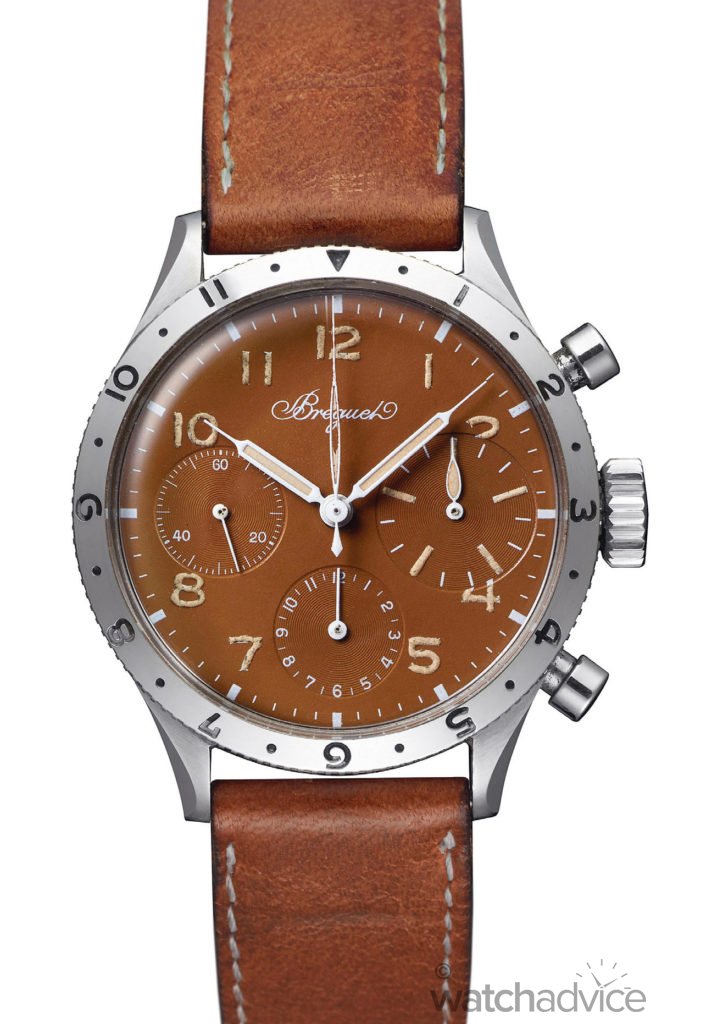
The Type XX ‘CEV’ (Centre D’Essais En Vol)
Movement: Valjoux 225 14-line movement with
‘retour en vol’ (fly-back function) for the 50 pieces
equipped with 15-minute and 12-hour totalizers.
Valjoux 222 14-line movement with
‘retour en vol’ (fly-back function) for the 30 pieces
with a 15-minute totalizer.
Case: Brushed steel case, water-resistant with
screw-down caseback, diameter 38.3 mm
Caseback: Bearing official inscriptions: CEV no. x
(of 80) – individual Breguet number
Dial: Black, with Breguet signature in cursive script
Quantity produced: 80 pieces.

The Type XX ‘Aeronautique Navale’
In 1958, the order for the French Air Force was close to being completed by Breguet. A year after the delivery of the CEV order, another major commission for Breguet arrived. This latest commission comes from the last remaining branch of French military aviation, the Aéronautique Navale (French Naval Air Force), a branch that’s not attached to the Air Force but instead to the Navy. The total order of timepieces to be commissioned was 500 units. Although this seems smaller than the previous orders Breguet received, it’s still a sizeable commission.

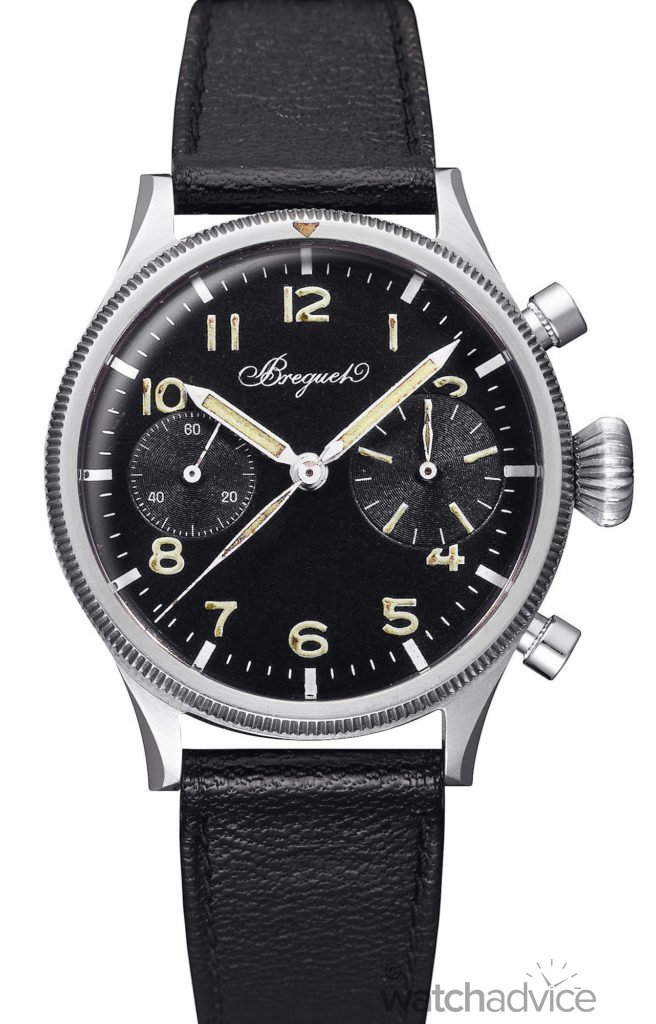
The Type XX ‘CEV’ (Centre D’Essais En Vol)
Movement: Valjoux 222 14-line movement with
‘retour en vol’ (fly-back function)
Case: Brushed steel case, water-resistant screwdown
caseback, diameter 38.3mm
Caseback: Bearing official inscriptions: BREGUET –
MARINE NATIONALE – AERONAUTIQUE NAVALE
– no. x (of 500) – individual Breguet number.
Dial: Black, with Breguet signature in cursive script
Quantity produced: 500 pieces.

The Type XX ‘CIVIL’
When the Breguet Type XX first made its debut, the appeal of the timepiece made its way far beyond the fields of aviation. The Type XX was an attractive timepiece to the sectors of industry and scientific research that needed to provide engineers and technicians with a watch that was able to withstand the demands of their projects. One of these companies was CNET (Centre National d’Etudes des Télécommunications), which purchased 22 pieces between 1956 and 1968, Energie Atomique,
bought 6 pieces in 1959, Electronique Marcel Dassault in 1963, French Television in 1957, and the Service d’Aéronomie, the first French space laboratory, in 1966.

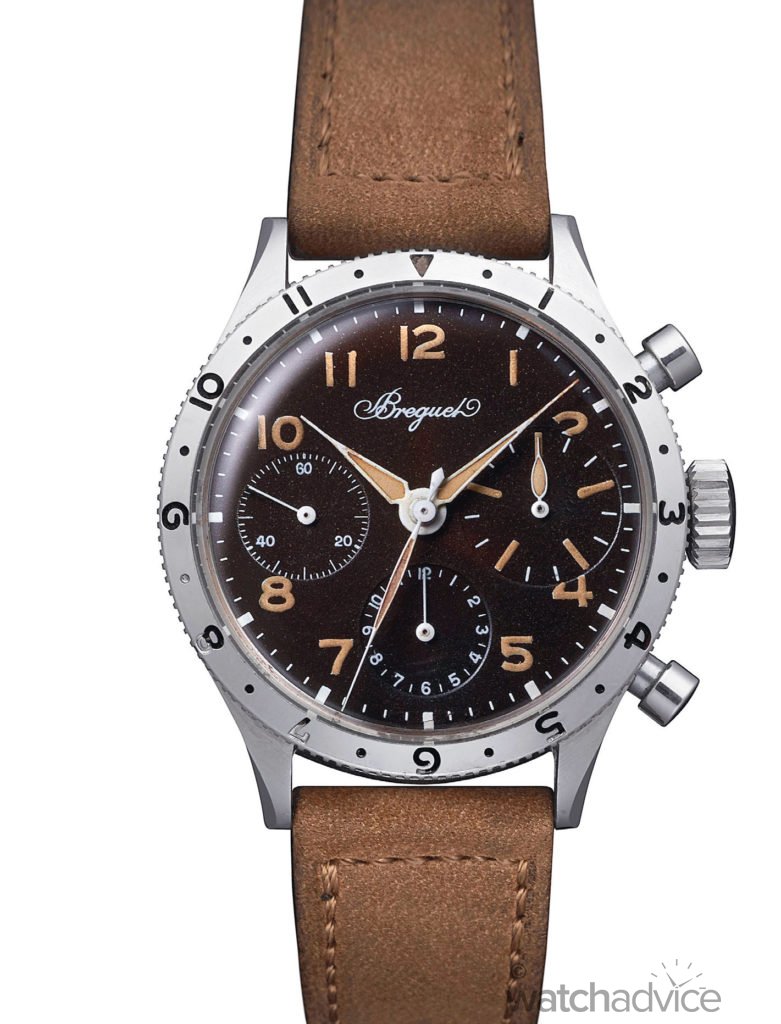
The Type XX ‘CEV’ (Centre D’Essais En Vol)
Movement: Valjoux 14-line 225 movement with
‘retour en vol’ (fly-back function); Valjoux 13-line
720 movement for pieces equipped with 15-minute
and 12-hour totalizers from 1963.
Valjoux 14-line 222 movement with
‘retour en vol’ (fly-back function); Valjoux 13-line
230 movement for pieces equipped with 15-minute
totalizer from 1963
Case: Brushed steel case, water-resistant with
screw-down caseback, diameter 38.3mm
Caseback: Bearing individual Breguet number
Dial: Black, with Breguet signature in cursive script
Quantity produced: 2300 pieces

Regardless of whether the client was an individual or a company, the purchase of a Type XX during the 1950s and 1960s involved making quite a journey to what was the only premises where they watches were available; the Breguet boutique at 28 Place Vendôme. In 1969, however, this finally changed when the house of Breguet decided that it was time to widen its distribution of the Type XX timepiece, thereyby launching a partnership with a specialist retailer in aeronautical equipment; the Aéroshopping boutique at Paris-Le Bourget Airport.


